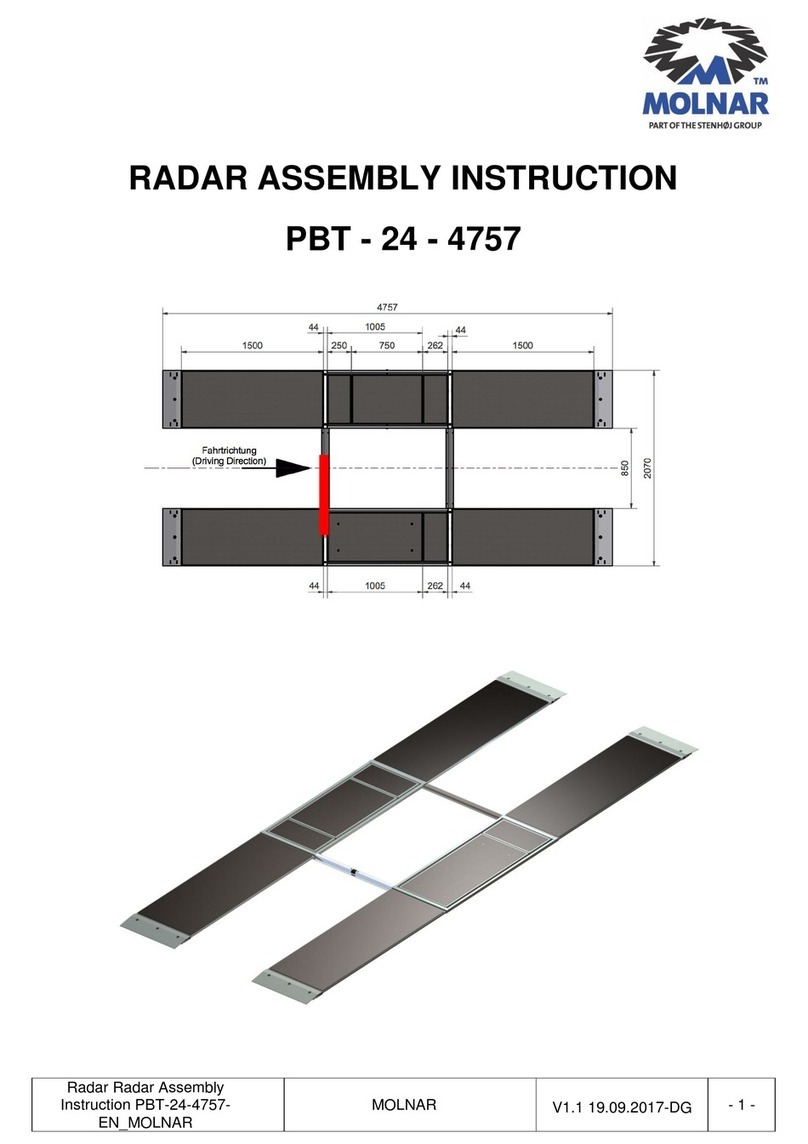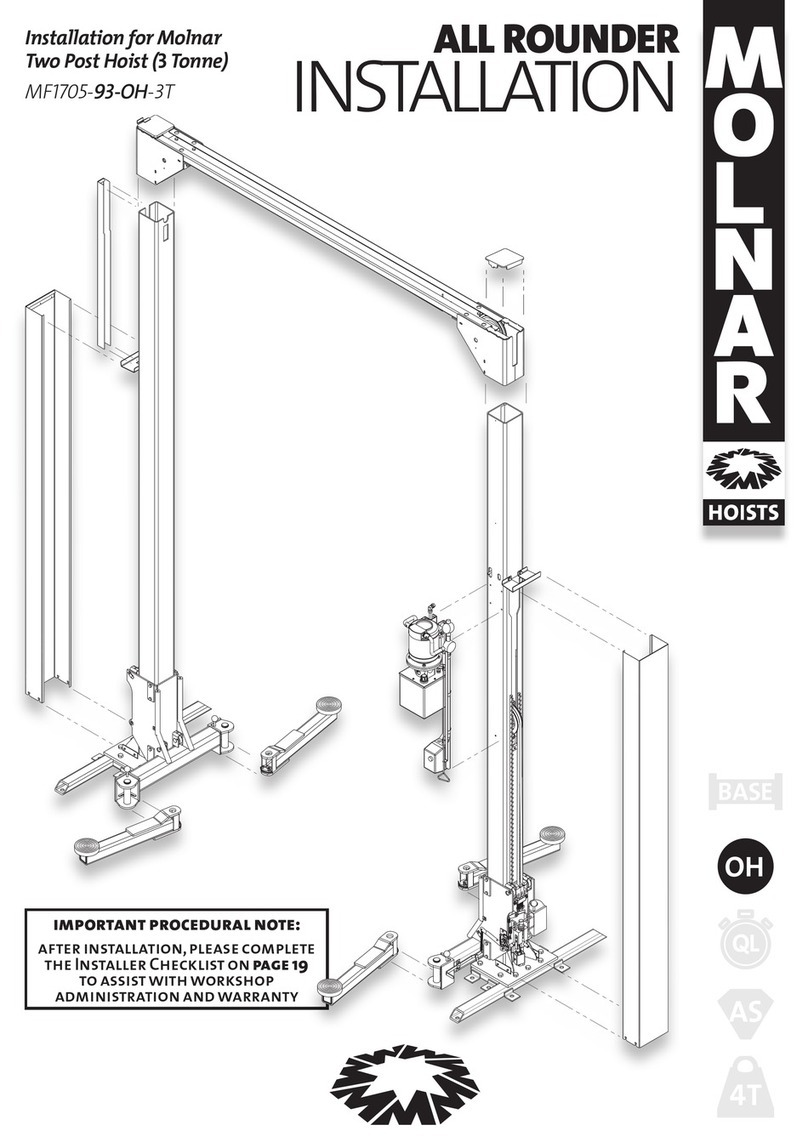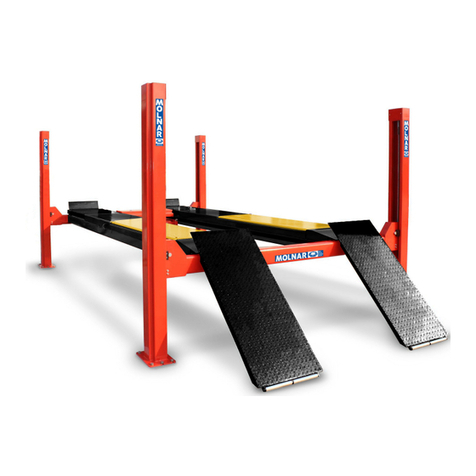
1
Contents
INTRODUCTION .......................................................................................................................................... 2
OVERVIEW .................................................................................................................................................. 3
SAFETY ....................................................................................................................................................... 4
TOOL LIST ................................................................................................................................................... 4
MATERIALS LIST ......................................................................................................................................... 5
SAFETY PRECAUTIONS ............................................................................................................................. 6
MAINTENANCE ........................................................................................................................................... 7
TECHNICIAN MAINTENANCE SCHEDULE ................................................................................................. 8
ELECTRICAL CHECK .................................................................................................................................. 9
INSTALLATION CHECK ............................................................................................................................... 9
COVER REMOVAL ...................................................................................................................................... 9
Release Cable Cover Removal ................................................................................................................. 9
Cylinder Cover Removal ........................................................................................................................... 9
CYLINDER REPLACEMENT ...................................................................................................................... 10
Cylinder Removal .................................................................................................................................... 10
Cylinder Fitting ........................................................................................................................................ 12
Bleeding Hydraulic System ..................................................................................................................... 13
BALANCE CABLE INSPECTION ............................................................................................................... 14
Balance Cable Replacement Criteria ...................................................................................................... 14
Balance Cable & Pulley Inspection Procedure ........................................................................................ 14
BALANCE CABLE ADJUSTMENT ............................................................................................................. 16
Balance Cable Adjustment Check ........................................................................................................... 16
Balance Cable Adjustment Procedure ..................................................................................................... 17
Lock Release Cable Adjustment Procedure ............................................................................................ 18
BALANCE CABLE & PULLEY REPLACEMENT ......................................................................................... 20
Balance Cable & Bottom Pulley Removal ................................................................................................ 20
New Balance Cable and Bottom Pulley Replacement ............................................................................. 20
TOP BALANCE CABLE PULLEY ............................................................................................................... 21
Top Balance Cable Pulley Replacement ................................................................................................. 21
CARRIAGE SLIDE BLOCKS ...................................................................................................................... 22
Carriage Slide Block Tracks Inspection and Lubrication .......................................................................... 22
Carriage Slide Block Replacement .......................................................................................................... 22
HYDRAULIC SYSTEM CHECK .................................................................................................................. 24

































